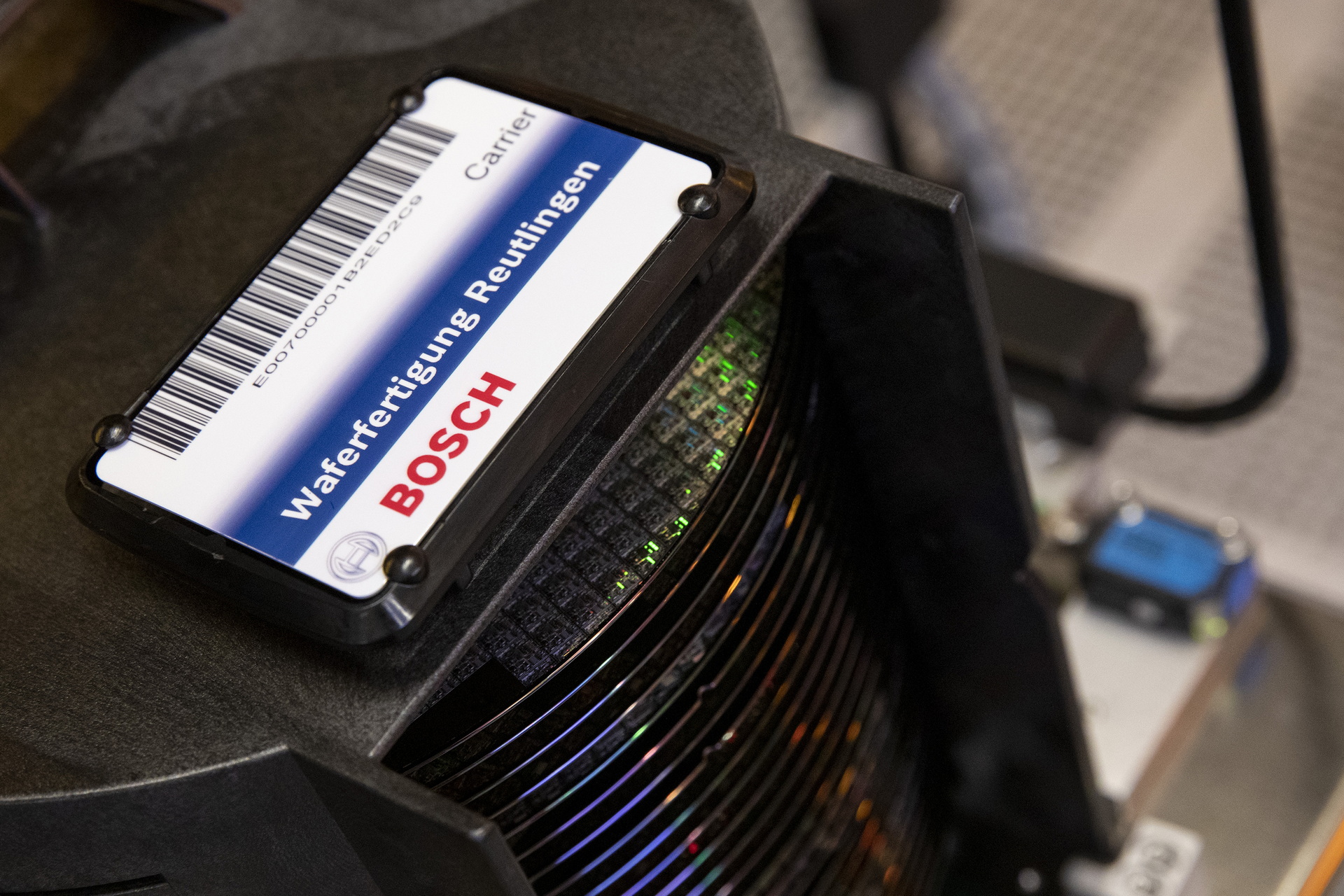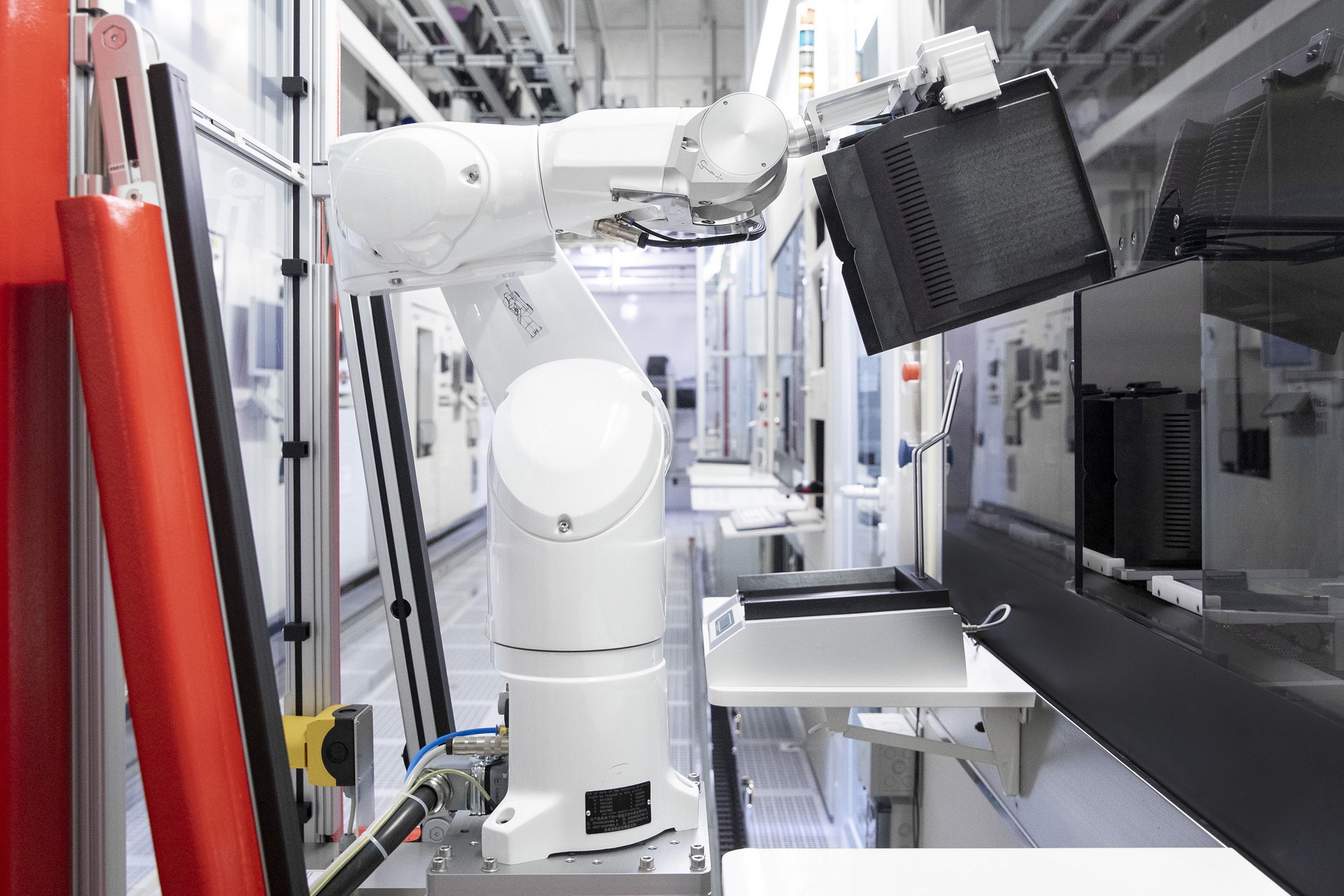Bosch announced that it will invest €400 million ($462.5 million) in three semiconductor production sites next year. The majority of the investment will go into its production facility in Dresden, Germany, which commenced operations in June.
“Demand for chips is continuing to grow at breakneck speed. In light of current developments, we are systematically expanding our semiconductor production so we can provide our customers with the best possible support,” said Dr. Volkmar Denner, chairman of the board of management of Robert Bosch GmbH.
According to Reuters, along with the Dresden facility, Bosch plans to invest €50 million ($58 million) in creating additional cleanroom space at its Reutlingen plant in Germany. With that decision, Bosch will have invested a total of €150 million ($173 million) at the site between 2021 and 2023.
Read Also: Bosch Thinks Semiconductor Chip Supply Chain Needs To Be Fundamentally Overhauled Or Else
“Our aim is to ramp up production of chips in Dresden earlier than planned and at the same time expand clean-room capacity in Reutlingen. Every additional chip we produce will help in the current situation,” said Harald Kroeger, member of Bosch‘s board of management.
Bosch will also build a new center in Penang, Malaysia to test finished semiconductors. The company expects the center to be able to perform testing of chips and sensors starting in 2023. Initially covering an area of 14,000 square meters (150,695 square feet), it will provide clean rooms, office space, R&D, and training facilities for up to 400 employees.
Bosch has been producing semi-conductors since 1970 and today the chips are used in consumer electronics and automobiles. The automotive sector has been particularly affected by the supply disruption, with many chipmakers opting to switch their production to consumer electronics during the pandemic.
With shortages set to last into 2022, any additional production is doubtless welcome news for automakers that are losing money. Estimates suggest that the automotive industry as a whole could lose $210 billion this year as a result of the shortage.






